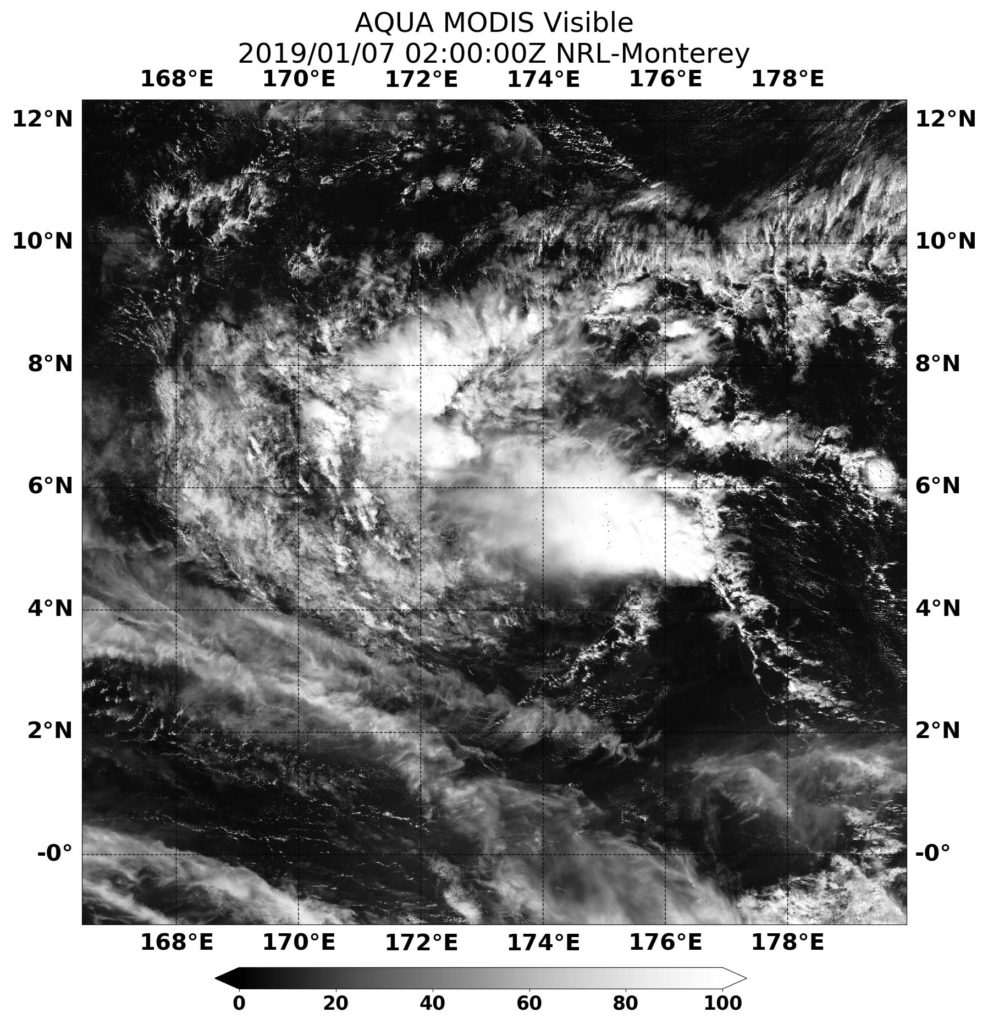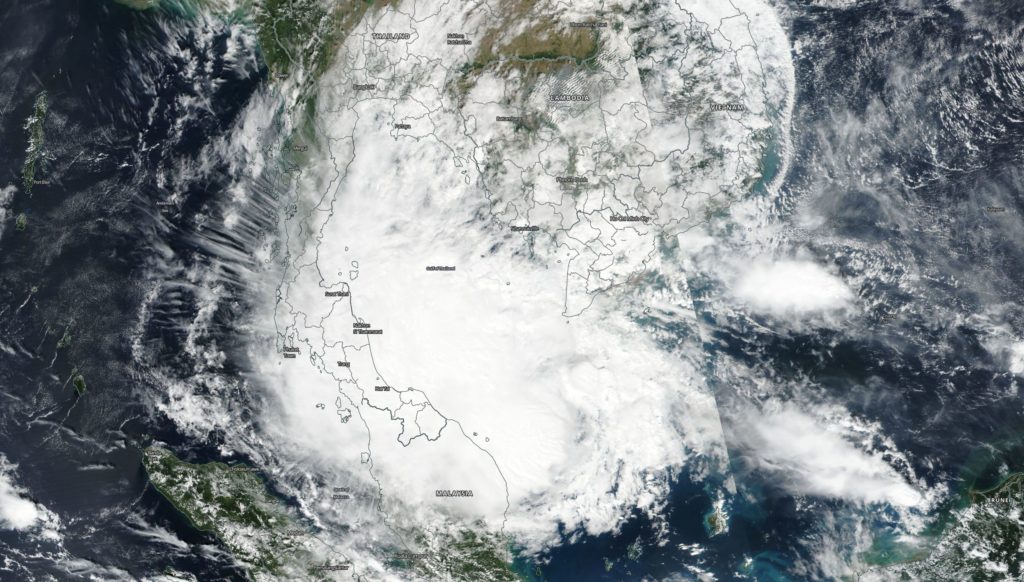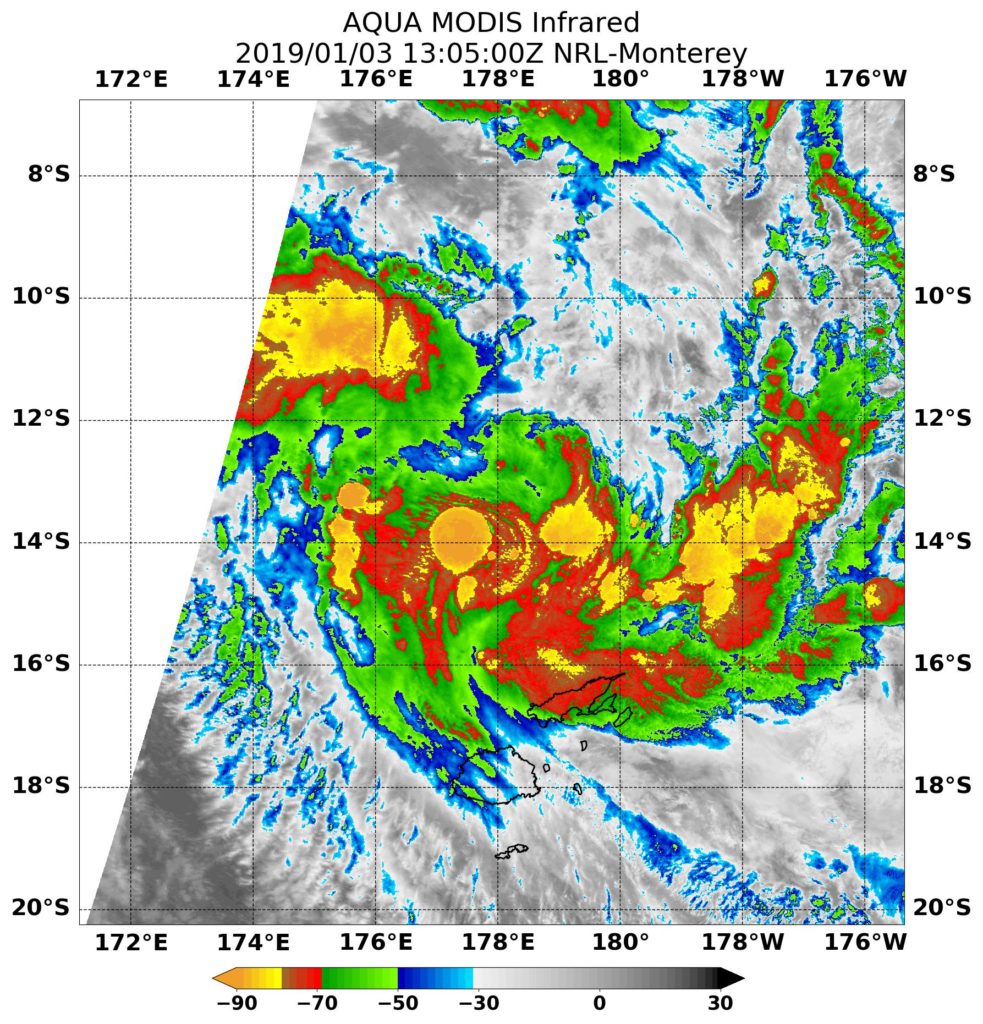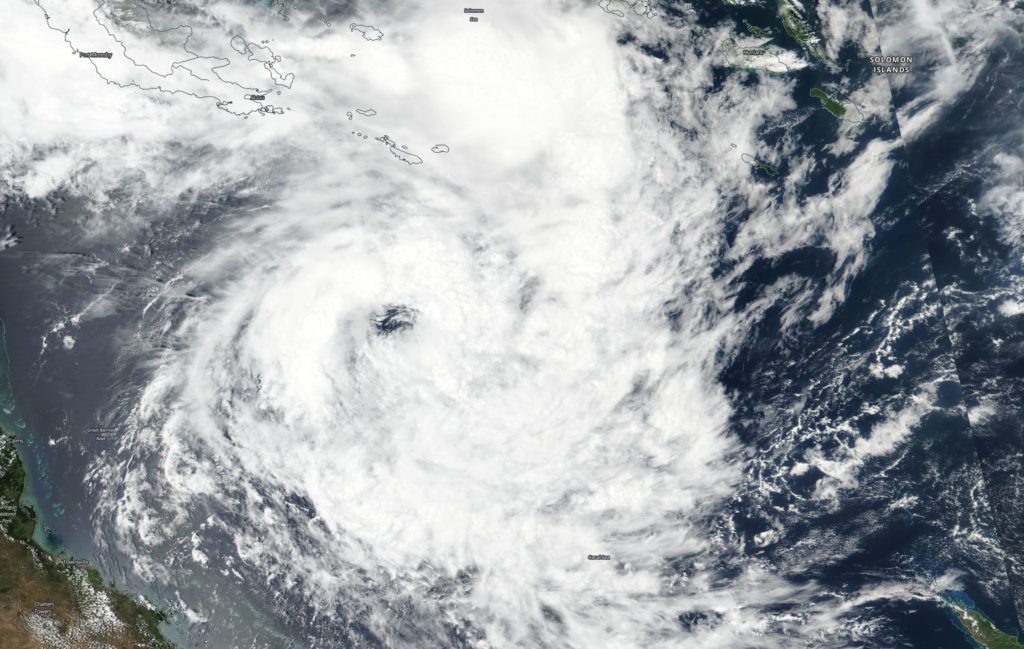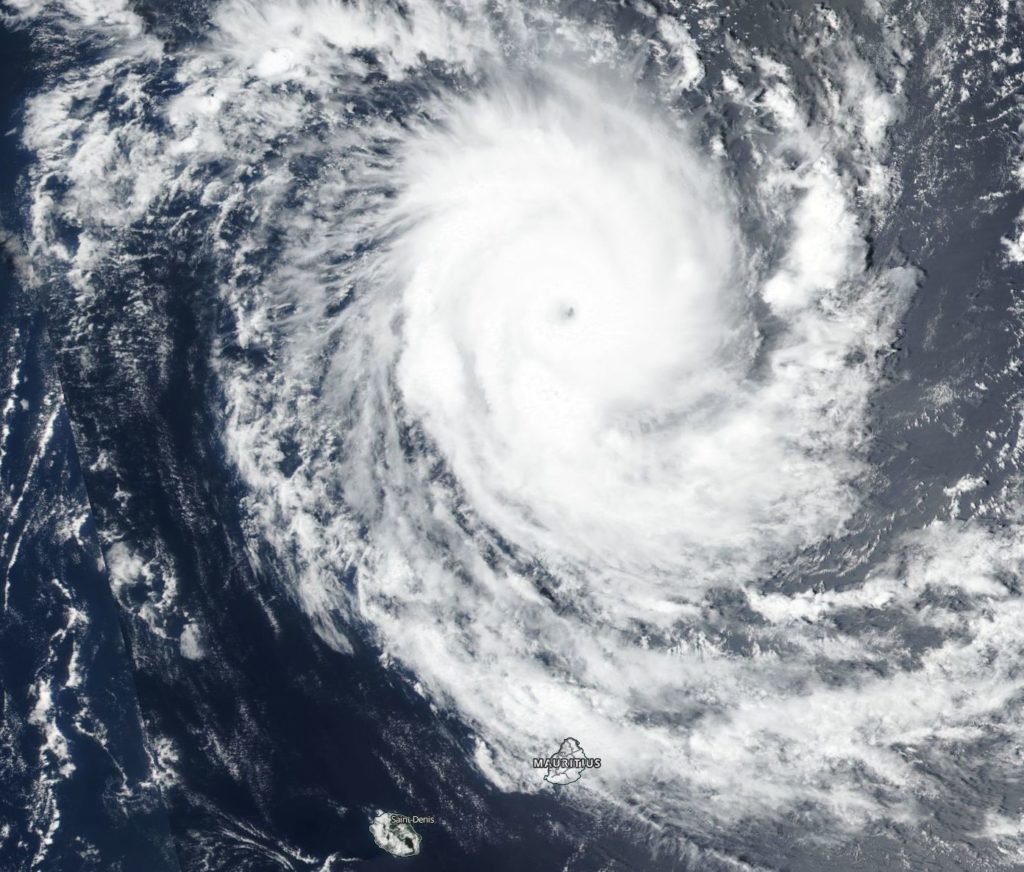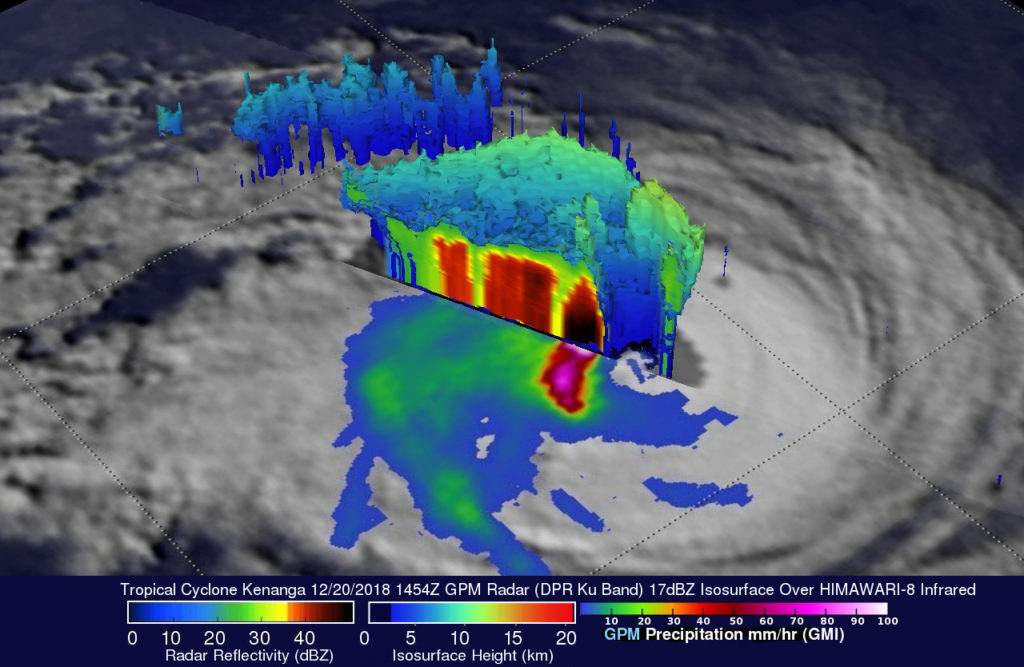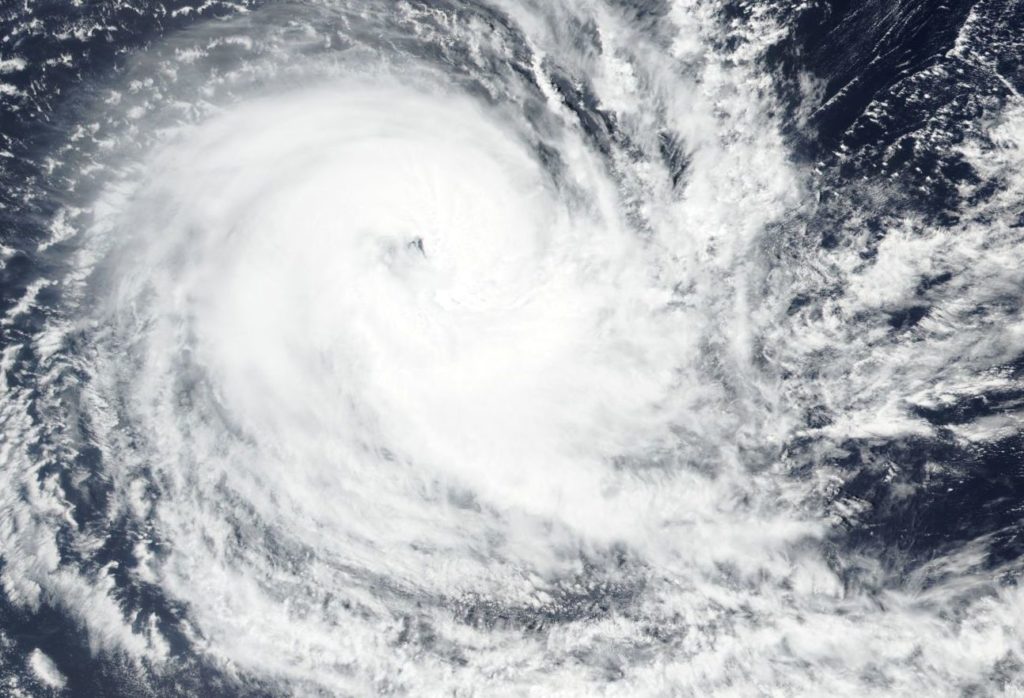Jan. 22 – 24, 2019 – Tropical Cyclone Riley Triggers Australia Warnings
System 94S developed about 240 miles west-northwest of Darwin, Australia on Jan. 22, 2019. The next day, it had strengthened into a tropical cyclone, and was named Riley. NASA-NOAA’s Suomi NPP satellite provided a look at Riley when it was closest to Australia.
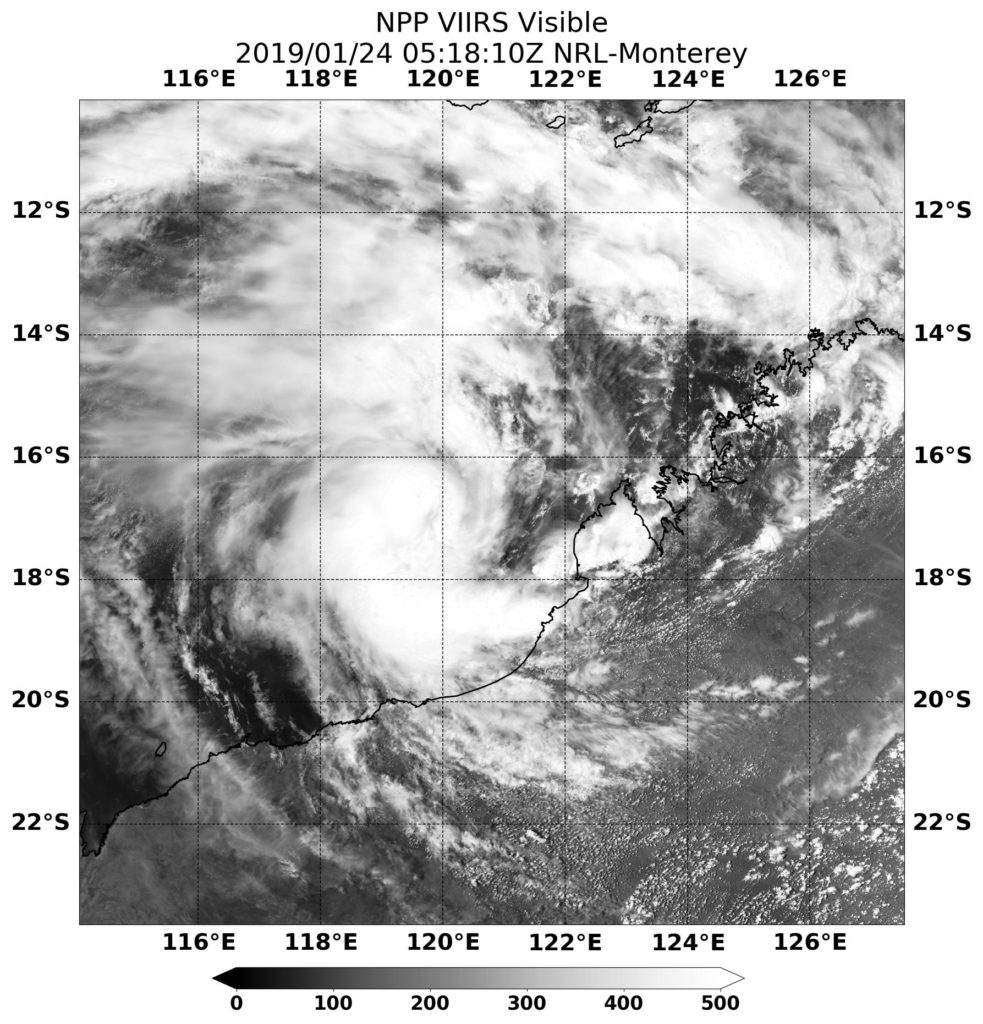
When it developed on Jan. 22, the low pressure area known as System 94S had sustained winds near 35 kilometers per hour. The Australian Bureau of Meteorology (ABM) posted a Cyclone Watch for the northwest Kimberley coast on that day.
On January 23, the ABM said Tropical Cyclone Riley continues tracking west, away from Kimberley coast. But the Tropical Cyclone Watch continued for the Pilbara coast. There was also a Blue Alert in effect for people between Whim Creek and Onslow including the towns of Roebourne, Wickham, Point Samson, Karratha, Dampier and Onslow.
On Jan 23, Riley had maximum sustained winds near 85 kph. It was centered near 17.0 degrees South and 119.5 degrees East, approximately 310 kilometers west northwest of Broome and it was moving west.
ABM said at the time “Tropical Cyclone Riley is expected to continue moving west southwest over open water, parallel to the Pilbara coast, throughout Friday and during the weekend. The cyclone may intensify to Category 2 overnight, and possibly to Category 3 on Friday to the north of the Pilbara coast. If the system takes a more southerly track then gales may develop along the Pilbara coast from Saturday morning.”
By Rob Gutro
NASA’s Goddard Space Flight Center


